The artisan and textile industry in India has always been a vital part of the country’s culture. It has thrived, spreading it’s work all over the world, garnering much appreciation and revenue in the name of talent and of course, the country. Unfortunately, the wastewater left behind by this industry is another matter altogether. Over 70% of the water resources in India are contaminated due to untreated discharge of wastewater. And it is estimated that artisan industries compose 40% of the total wastewater. Moved by this dilemma, architect Shneel Malik created Indus.
A part of the Bio-Integrated Design Lab at the Bartlett School of Architecture, Malik came up with this tile-based, modular bioreactor wall system for cleaning water through ‘bioremediation’. The catalyst behind bioremediation is algae, the single-celled, non-flowering organism found sprawled virtually on every ocean bed. The algae suck or filter out the toxic chemicals and impurities from the wastewater. They are able to do so because of a symbiotic relationship that exists between them and the pollutants. The microorganisms release a set of compounds called phytochelatins, allowing them to trap pollutants which they then use for their own nutrition and growth. Hence the water is completely rid of harmful pollutants such as cadmium, whereas the same pollutants are then stored in the algae cells aiding their sustenance.
Designer: Shneel Malik

The algae capture pollutants such as cadmium, in turn, cleansing the former wastewater.
“These site visits made us better understand the site and context-specific constraints and challenges in wastewater treatment. Neither the artisan workers have any space available for Westernized high-tech water treatment solutions, nor do they have the economic capacity to get additional support. . . . Therefore, we started to design a system—which is both spatially compatible, but more importantly can be constructed and maintained by the artisans themselves.” Shneel said. Hence the “goal [behind Indus] is to enable the rural community of artisans, panchayats, to regenerate water for reuse within their manufacturing processes”, which is one of the reasons why the tiles on the wall systems are made locally using traditional clay making methods. In fact, the entire system is designed to be “fabricated using locally available materials and techniques, thereby reducing capital expenditure significantly.” Inspiration was taken from the architecture of a leaf to design Indus. The water flows over a series of vein-like channels containing algae. The algae aren’t administered alone into the leaves but are first prepared in a seaweed-based hydrogel, and the mixture is then added. The hydrogel, which by the way is wholly recyclable needs to be replaced after it reaches a saturation point. The algae will need to be replaced as well after a certain point of time, but the tiles can always be reused.

The tiles on the wall systems were designed taking inspirations from leaves.
Though Indus was originally developed for the Indian environment, Malik is certain it can be used in different regions and countries to tackle the issue of water pollution. She believes that “it’s about finding solutions through natural processes”. And through her effort of biomimicry, it does seem she has given local communities the access they needed to re-use water. Indus did win the international design competition called Water Futures organized by A/D/O, Mini, New York, but with it’s naturalistic and bio-integrated approach it is sure to win the dynamic battle against water pollution as well.

The entire system including the clay tiles is built locally using traditional methods.






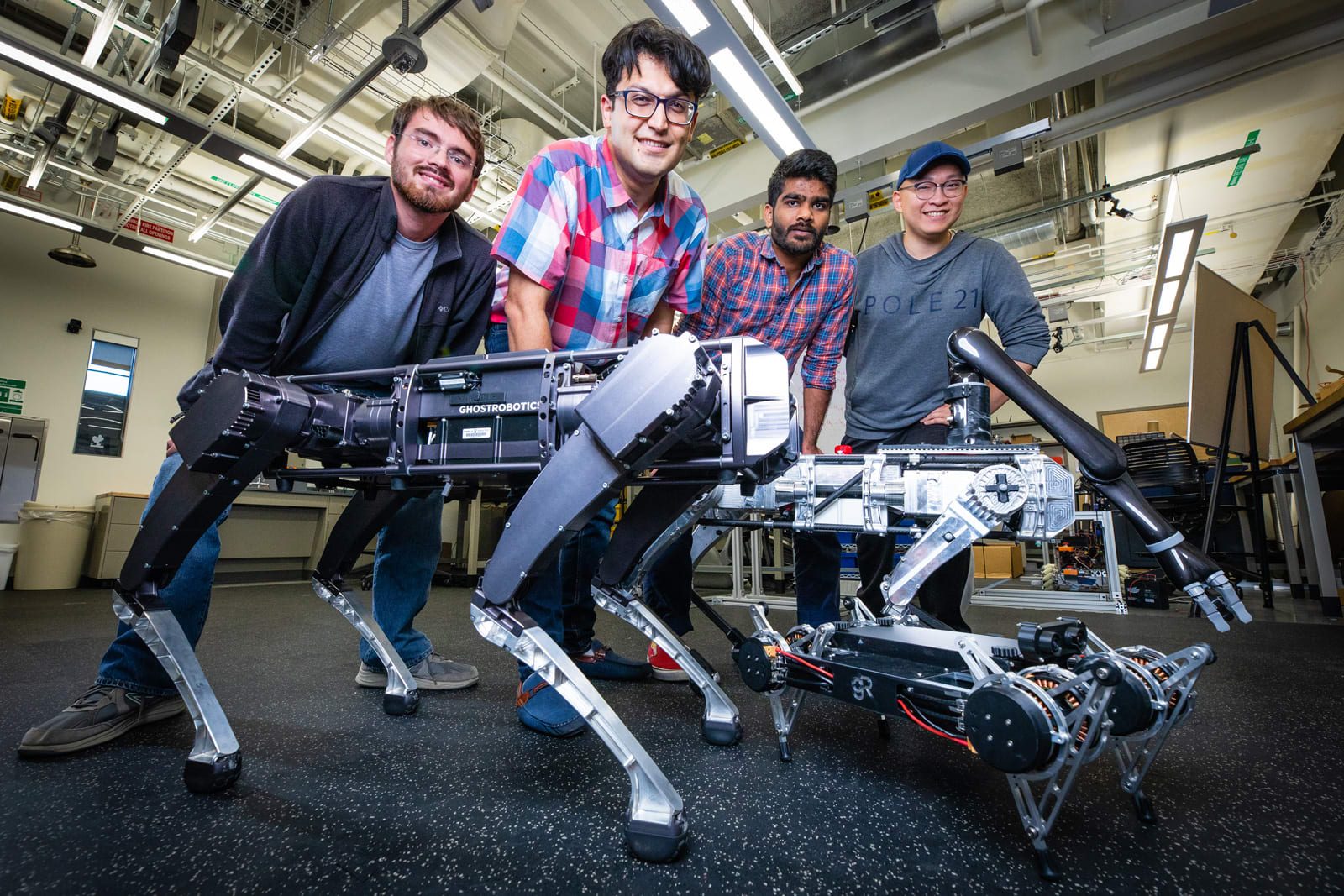 Robot dogs can move efficiently, but not all that naturally -- and no, twerking doesn't count. Virginia Tech researchers think they can do better. They're developing a combination of algorithms and sensors that help robots move with gaits more like...
Robot dogs can move efficiently, but not all that naturally -- and no, twerking doesn't count. Virginia Tech researchers think they can do better. They're developing a combination of algorithms and sensors that help robots move with gaits more like...











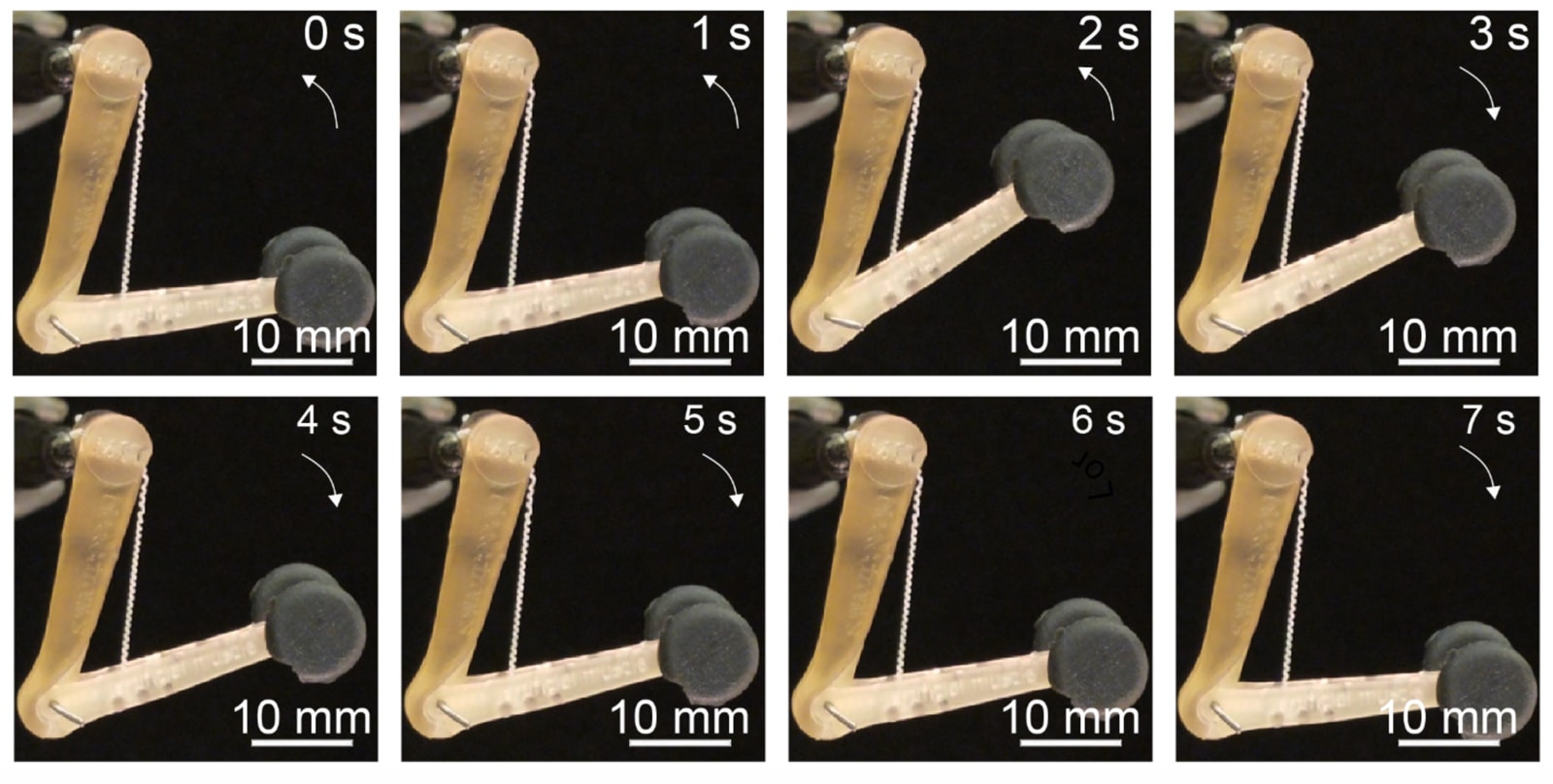 Most attempts at giving robots muscles tend to be heavy, slow or both. Scientists might finally have a solution that's both light and nimble, though. They've developed fibers that can serve as artificial muscles for robots while remaining light, re...
Most attempts at giving robots muscles tend to be heavy, slow or both. Scientists might finally have a solution that's both light and nimble, though. They've developed fibers that can serve as artificial muscles for robots while remaining light, re...
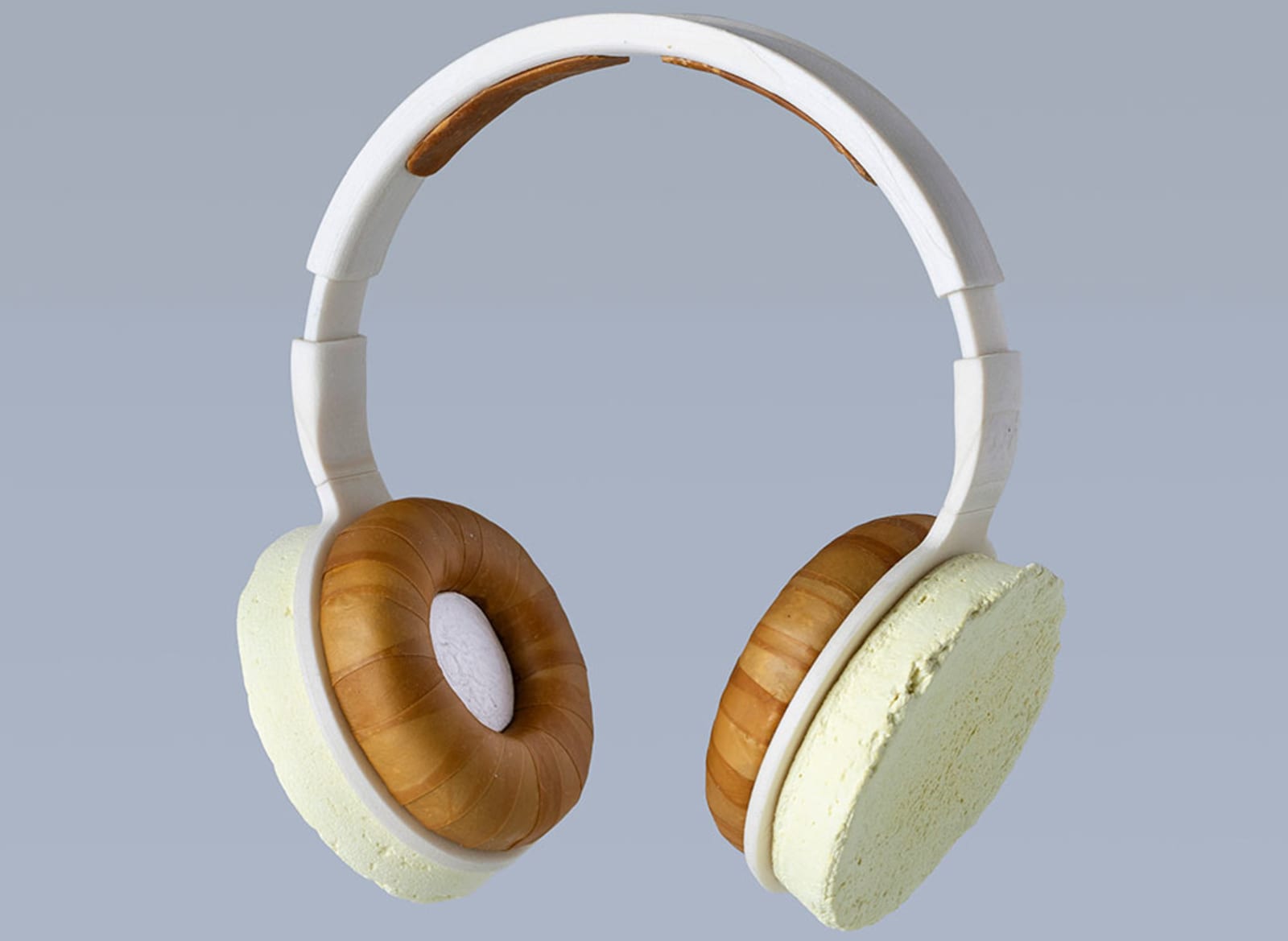 It turns out headphones are the perfect product to showcase the potential for growing electronics. The typical set has a mix of plastic, leather and mesh -- not the most environmentally friendly ingredients. To prove that we could swap those out for...
It turns out headphones are the perfect product to showcase the potential for growing electronics. The typical set has a mix of plastic, leather and mesh -- not the most environmentally friendly ingredients. To prove that we could swap those out for...
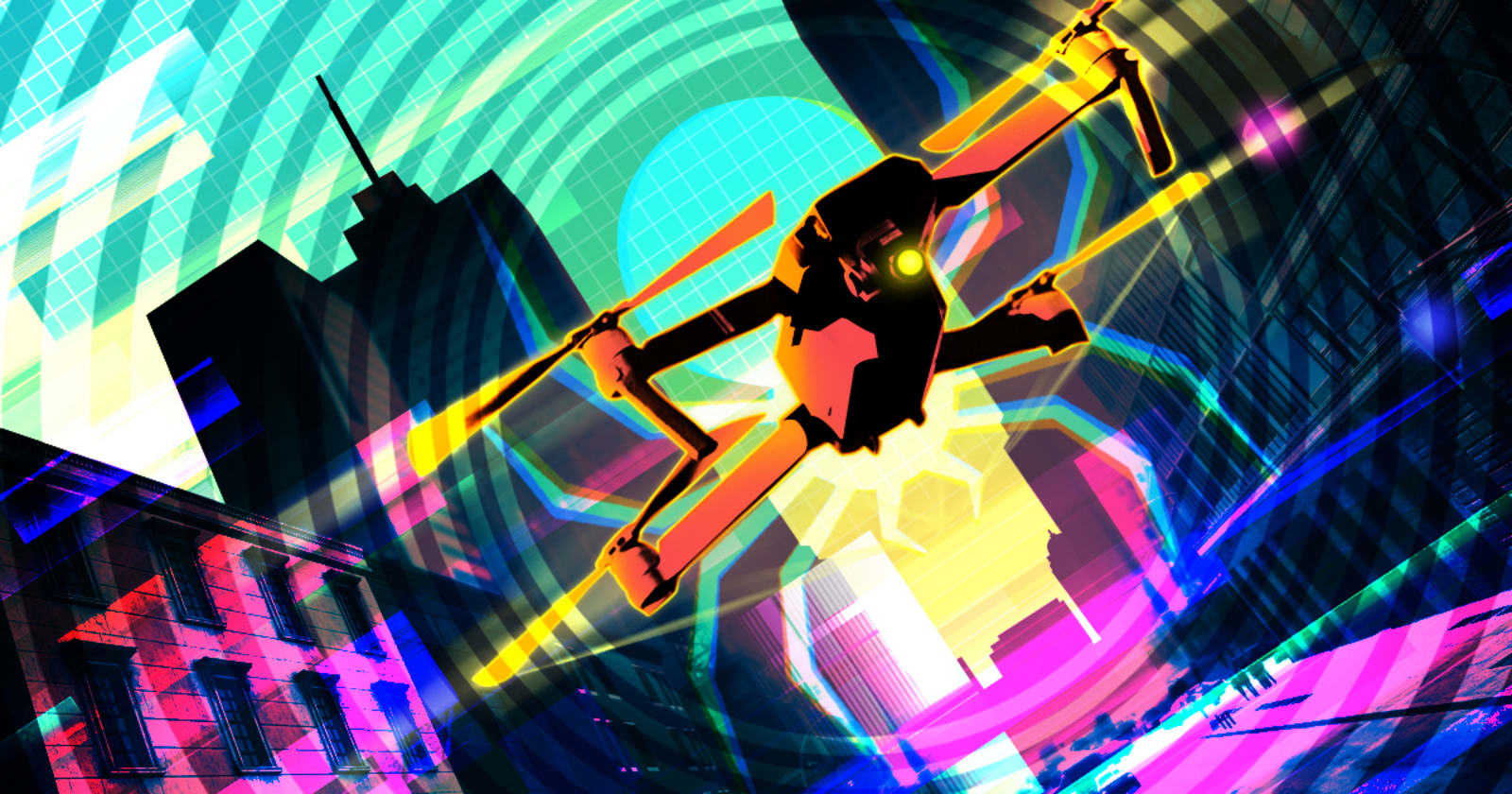 Researchers want to give cars, planes and drones "spidey senses." That is, they want to give autonomous machines sensors that mimic nature. In a paper published in ACS Nano, a team of researchers -- from Purdue University, Nanyang Technological Unive...
Researchers want to give cars, planes and drones "spidey senses." That is, they want to give autonomous machines sensors that mimic nature. In a paper published in ACS Nano, a team of researchers -- from Purdue University, Nanyang Technological Unive...
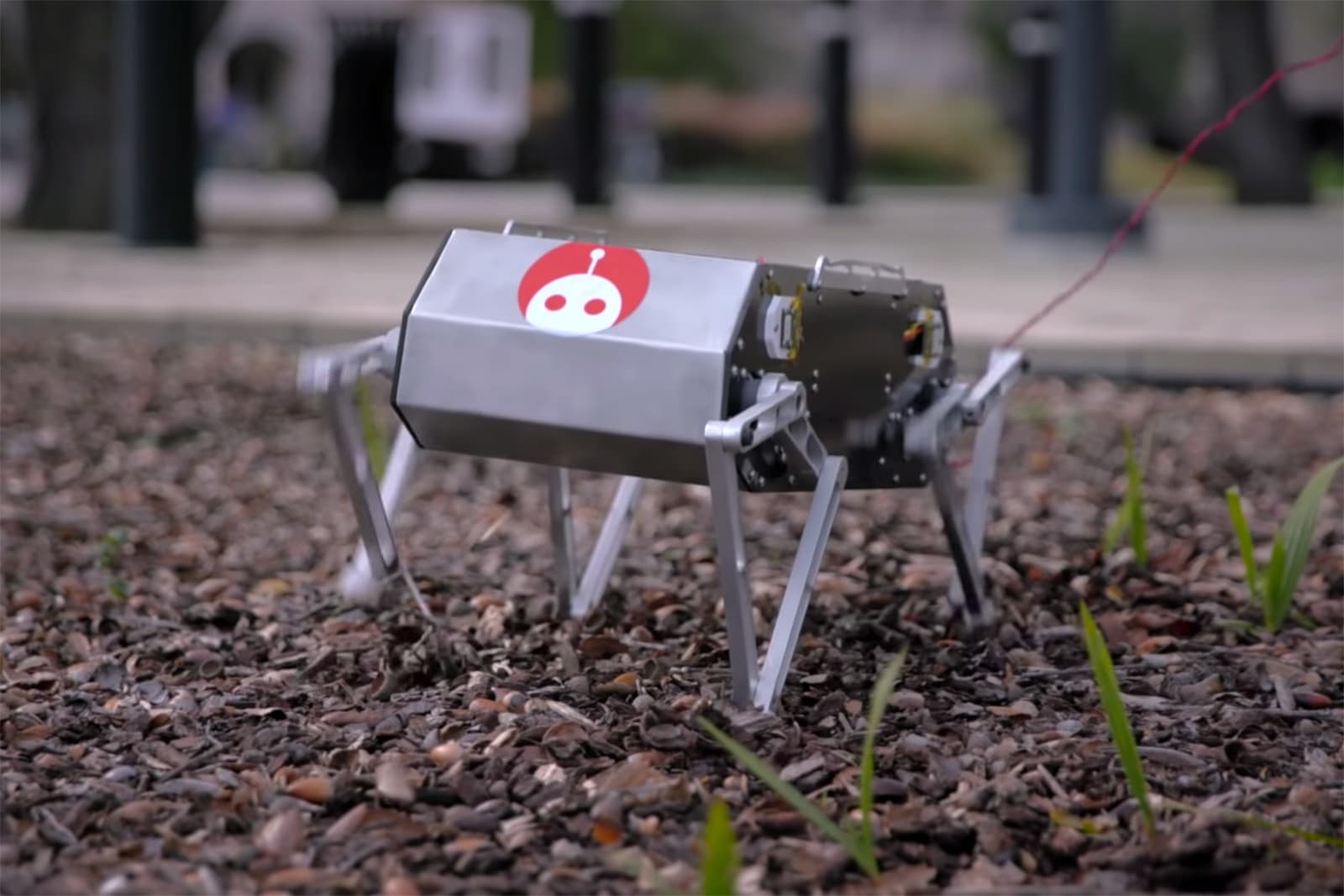 Robots with dog-like talents are nothing new, but it's not exactly practical to buy one that can do more than the basics. The new Aibo is cute, for instance, but not very athletic. A group of Stanford students might have a better solution. They've...
Robots with dog-like talents are nothing new, but it's not exactly practical to buy one that can do more than the basics. The new Aibo is cute, for instance, but not very athletic. A group of Stanford students might have a better solution. They've...
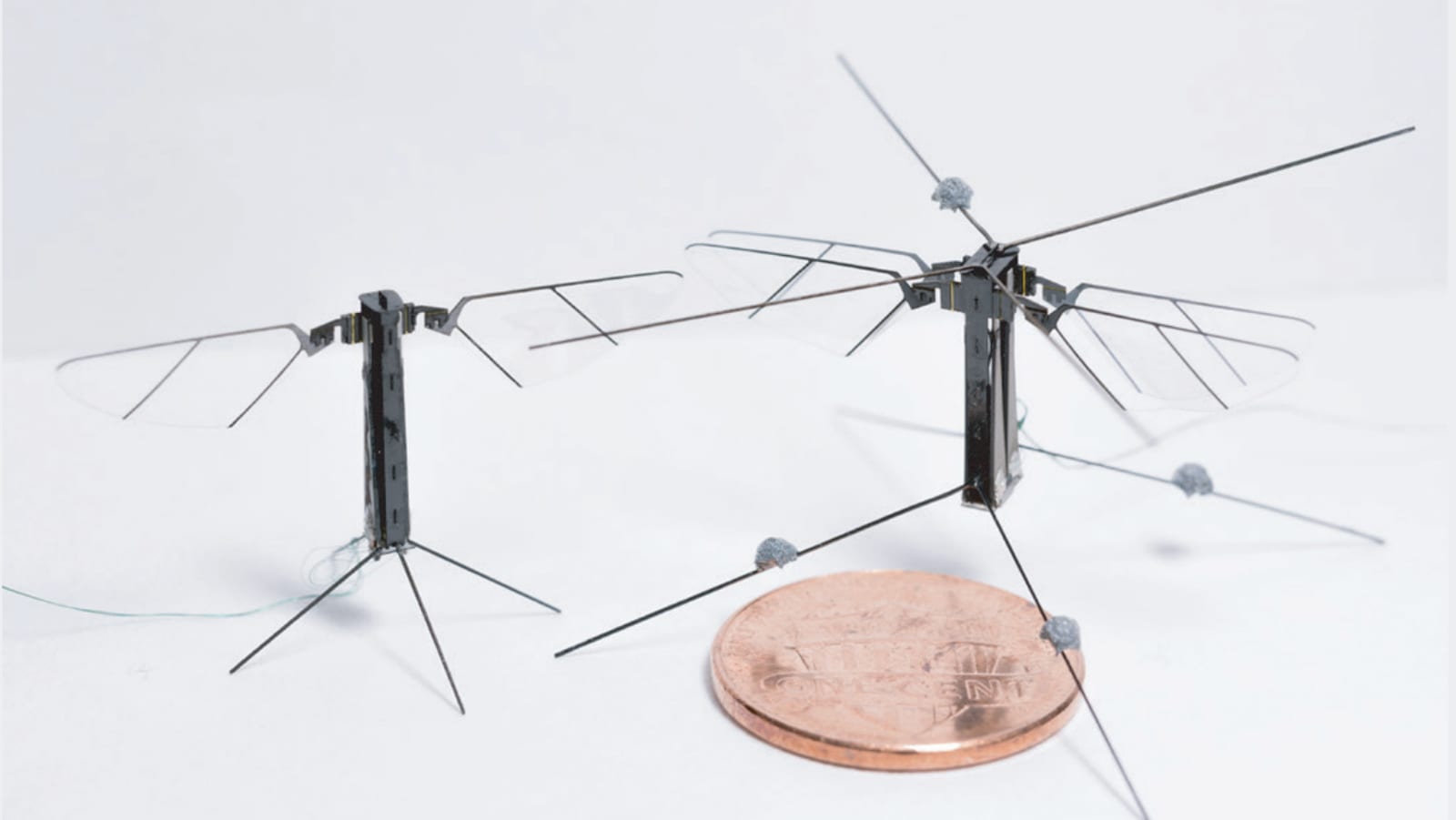 It's difficult to make an insect-like flying robot -- realistic four-winged bots are typically too heavy, while lighter two-winged models tend to fly erratically. USC researchers have edged one step closer to the dream machine, however. They've cre...
It's difficult to make an insect-like flying robot -- realistic four-winged bots are typically too heavy, while lighter two-winged models tend to fly erratically. USC researchers have edged one step closer to the dream machine, however. They've cre...
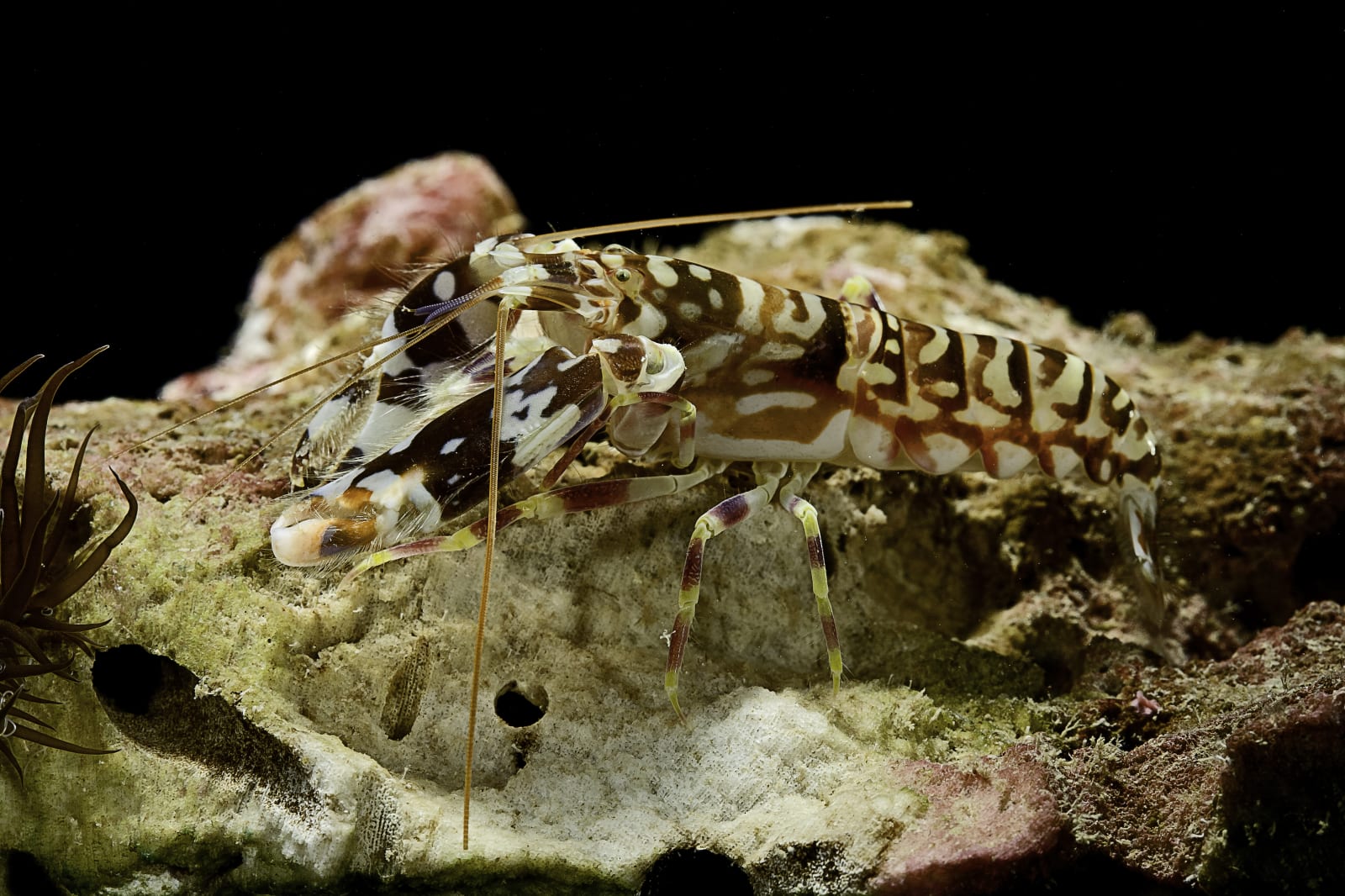 Shrimp may be small, but some of them can pack quite a wallop. One of the pistol shrimp's claws, for instance, delivers such an explosive amount of force that it creates a shockwave of superhot plasma that can take out prey or create impromptu shelt...
Shrimp may be small, but some of them can pack quite a wallop. One of the pistol shrimp's claws, for instance, delivers such an explosive amount of force that it creates a shockwave of superhot plasma that can take out prey or create impromptu shelt...
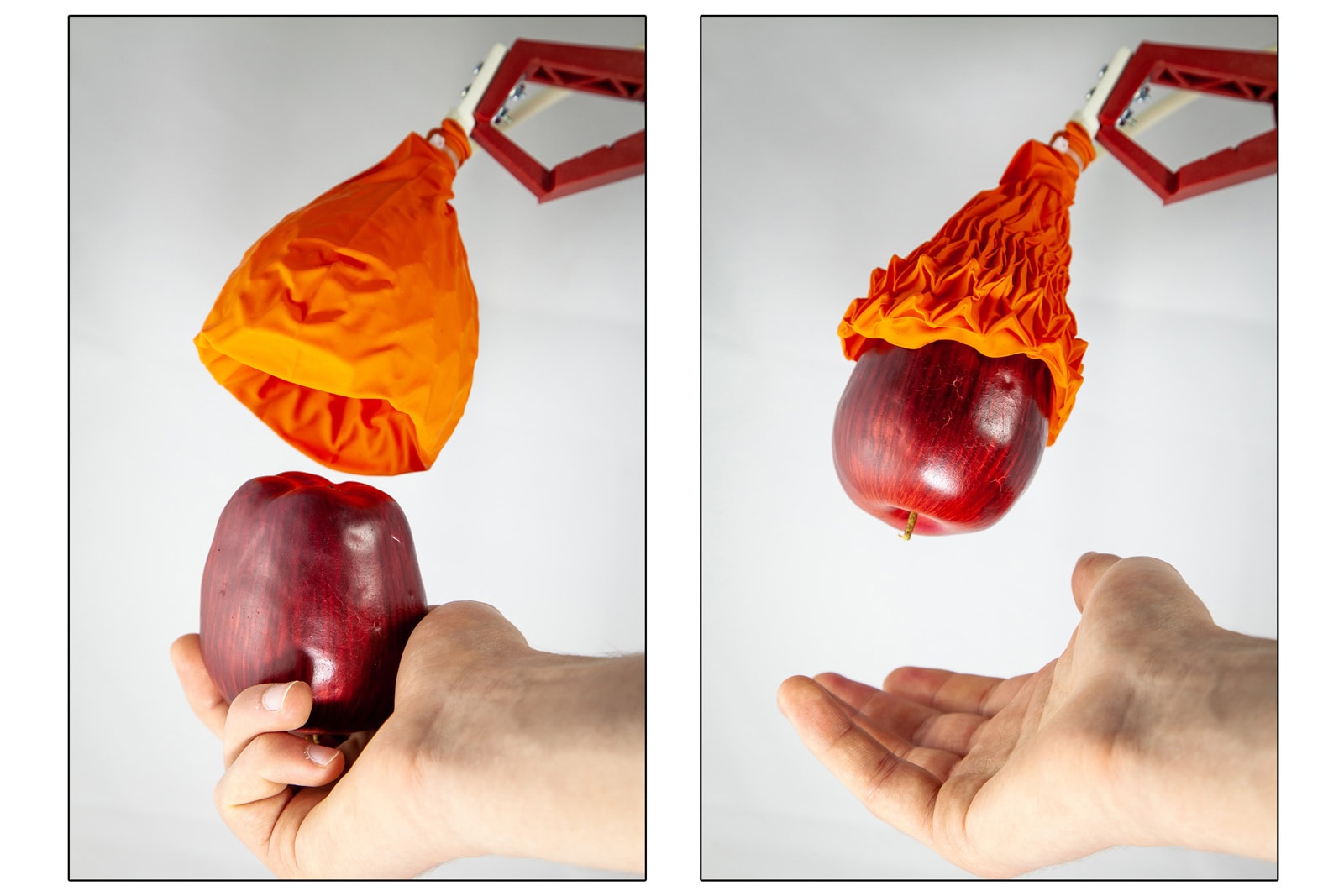 Robot hands tend to skew toward extremes. They can pick up delicate objects or heavy objects, but rarely both. MIT CSAIL's solution? Avoid hands altogether. Its researchers have developed a Venus flytrap-like gripper that can grab objects as frag...
Robot hands tend to skew toward extremes. They can pick up delicate objects or heavy objects, but rarely both. MIT CSAIL's solution? Avoid hands altogether. Its researchers have developed a Venus flytrap-like gripper that can grab objects as frag...